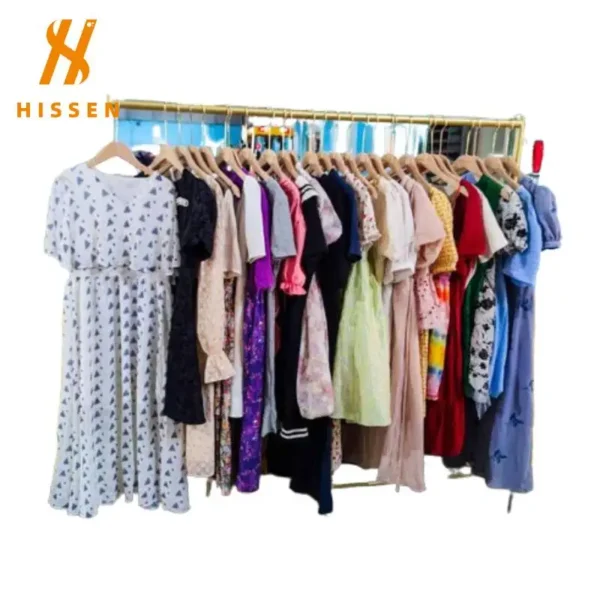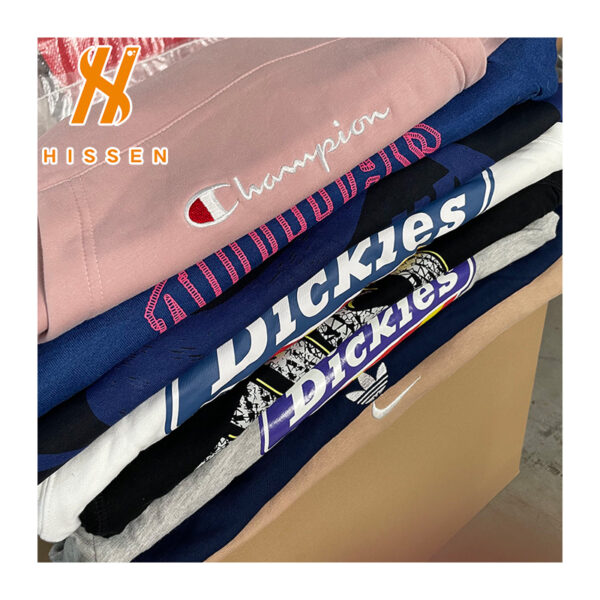I. Introduction
You need to make a supply chain with easy steps. These steps are for sourcing, authentication, logistics, and supplier relationships. Sustainability and ethical sourcing are important. You should follow each pair of used designer shoes from beginning to end. Pay attention to quality and speed for good business growth.
II. Building a Used Designer Shoes Supply Chain
Sourcing Inventory
You need a reliable way to find used designer shoes for your business. Start by reaching out to local consignment shops and thrift stores. Many of these stores have shoes that meet your standards. You can also connect with individuals who want to sell their designer shoes. Use online marketplaces to find more options. Social media groups and forums often have people looking to sell used designer shoes.
Tip: Build relationships with local store owners. They can alert you when they get new designer shoes in stock.
You should also consider working with bulk suppliers. Some companies specialize in collecting and selling used designer shoes in large quantities. This can help you keep your inventory steady. Always ask about the source of the shoes. Make sure the suppliers follow ethical practices. You want to avoid shoes that come from questionable sources.
Sustainability matters in the used designer shoes business. Choose suppliers who care about the environment. Look for partners who recycle packaging and reduce waste. This helps your business stand out and attracts customers who value green practices.
If you face challenges finding enough shoes, try these steps:
- Attend local events or pop-up markets to meet sellers.
- Offer a trade-in program for customers.
- Use your website to let people submit shoes for sale.
- Partner with charities that receive shoe donations.
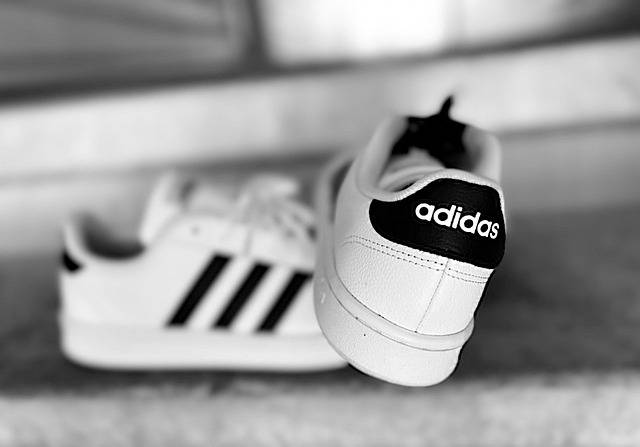
Authenticity Checks
You must make sure every pair of used designer shoes is real. Fake shoes can hurt your reputation and cause legal problems. Start by learning the key features of popular designer brands. Look at stitching, logos, and materials. Many brands have unique marks or serial numbers. Use a checklist for each pair you inspect.
Note: If you are unsure about a pair, ask an expert or use a third-party authentication service.
You can also use technology to help. Some apps and online tools can scan barcodes or tags. These tools compare the shoes to a database of real products. This step saves time and reduces mistakes.
Train your staff to spot fakes. Hold regular workshops and share guides with clear photos. The more your team knows, the better your second hand shoes business will run. Always keep records of your checks. This helps if a customer questions the authenticity later.
Quality Standards
Quality matters as much as authenticity. Customers expect used designer shoes to look good and last long. Set clear standards for what you accept. Check for damage, stains, and worn-out soles. Reject shoes that do not meet your standards.
Create a grading system for your inventory. For example:
Grade A: Like new, no visible wear
Grade B: Light wear, minor marks
Grade C: Noticeable wear, but still usable
List the grade for each pair on your website. This builds trust with buyers. Clean and repair shoes before you sell used designer shoes. Use eco-friendly cleaning products to support your sustainability goals.
Callout: Always photograph shoes in good lighting. Show all angles and any flaws. Honest photos help reduce returns and complaints.
Store your used designer shoes in a clean, dry place. Use shelves or bins to keep them organized. Label each pair with its grade and source. This makes it easy to track inventory and find shoes quickly.
You can build a strong supply chain by following these steps. Focus on ethical sourcing, careful checks, and high standards. Your second hand shoes business will grow as you earn trust from both suppliers and customers.
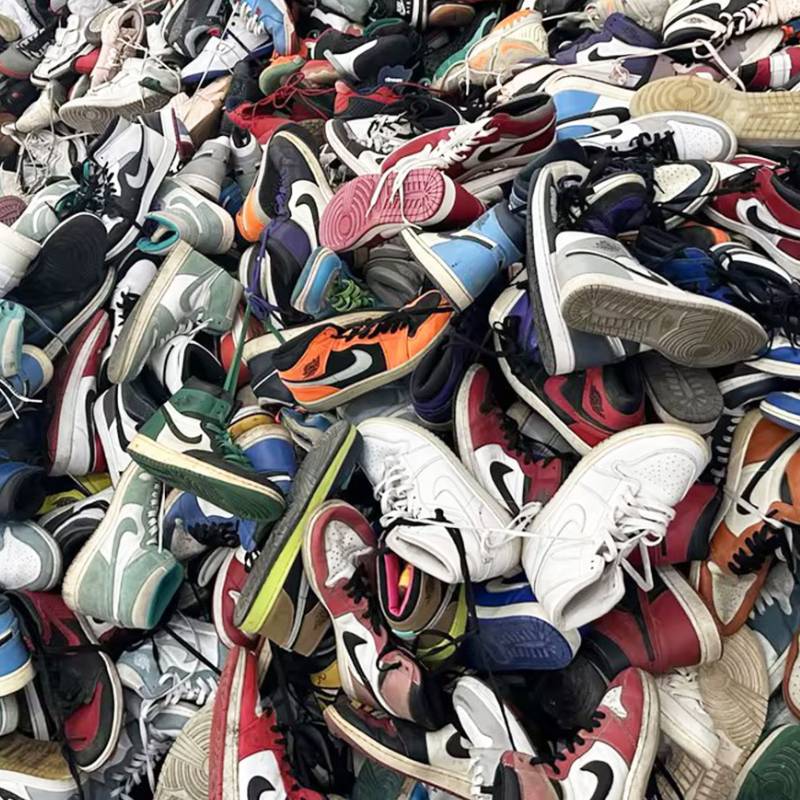
III. Managing and Growing Your Shoe-Selling Business
Supplier Relationships
You need good supplier relationships to keep enough second hand designer shoes. Talk to your suppliers often and tell them what you need. If your suppliers know about the sneaker resale market, they can help you buy more used designer shoes at once. This helps you get enough sneakers to sell. Good supplier partnerships help your used designer shoes business grow. They also make your supply chain safer.
Tip: Always check if your suppliers use ethical practices. This helps build trust and makes your marketing better.
Logistics and Inventory
Good logistics help your shoe-selling business work well. Use inventory management software to track every pair of used designer shoes. This lets you see which styles sell best and which ones people want most. Keep your warehouse neat so you can find shoes fast and ship them quickly. Check your process often to find problems and lower risks in your chain.
Sell Shoes Online
You can find more buyers when you sell used designer shoes online. Pick the best places to sell sneakers, like big online marketplace sites and special sales platform options. Each place brings in different buyers, so do market research to see where people want your shoes most. Use clear photos and honest descriptions to get more customer engagement. Answer questions quickly to keep buyers interested in reselling sneakers.
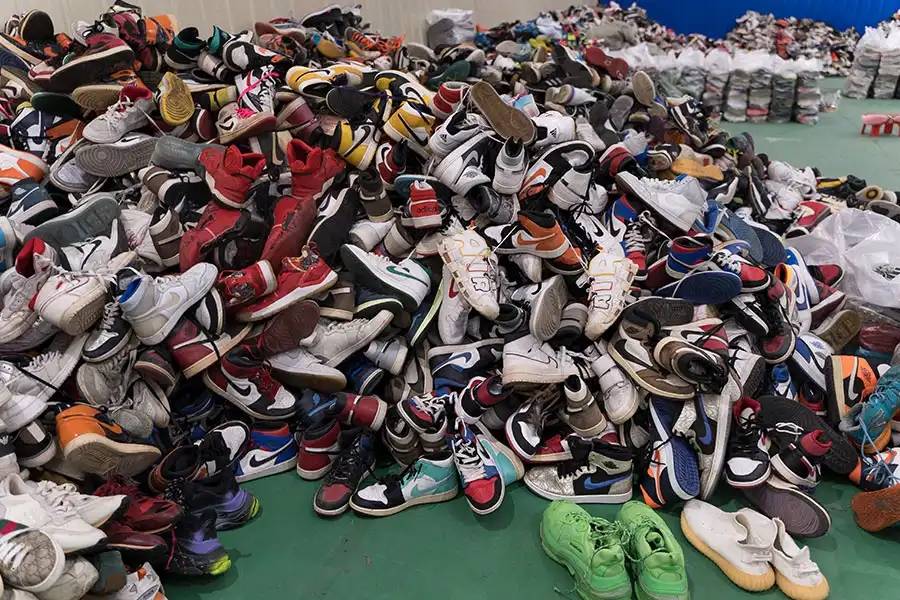
Diversifying Channels
Grow your sneaker reselling business by using many platforms. Try social media, your own website, and other online marketplace options. This helps you reach more people and meet the demand for reselling sneakers. Watch the sneaker resale market and change your marketing strategy for each platform. Good customer engagement and smart market research help your used designer shoes business stand out in the online shoe market.
Callout: Stay flexible. The sneaker resale market changes fast, so update your marketing strategy and platforms often to keep up with demand.
IV. Conclusion
You can make a steady chain by finding used designer shoes. Always check if the shoes are real. Set clear rules for shoe quality. Good supplier relationships help your business grow. Caring about the environment is important too. Keep making your process better. Try selling more shoes online. This can help your used shoes business do well.
Tip: Look up more supply chain tips to help your business.

